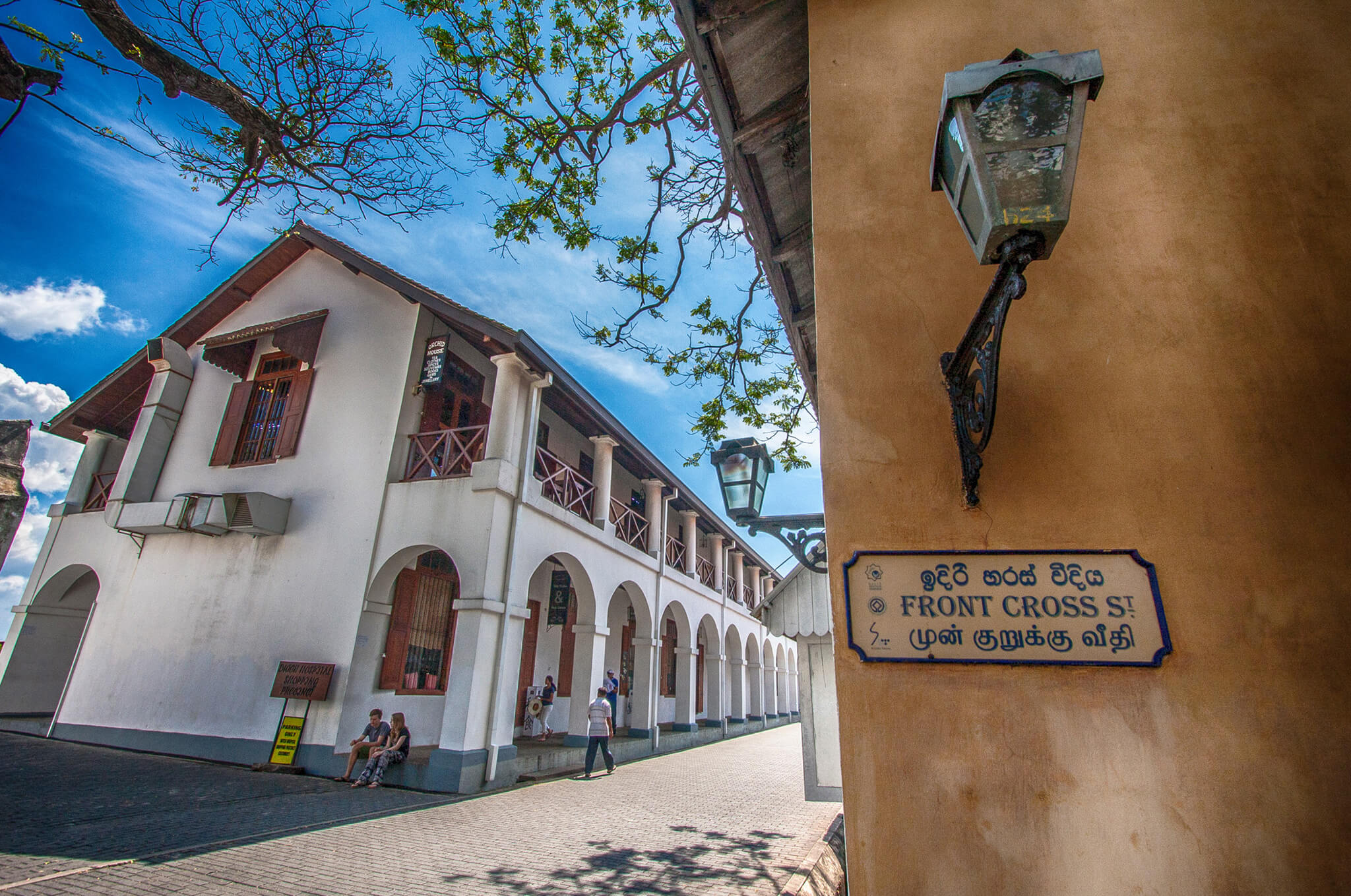Galle Fort
The Galle Fort, or Dutch Fort as it is also known, is a fortification first built by the Portugese on the Southwestern coast of Sri Lanka. The initial fortifications, which were built in the late 16th century, were quite basic. However the fort underwent extensive modifications in the 17th century by the Dutch, making it one of the most important archeological, architectural and historic monuments to illutrate the European influence in South East Asia between the 16th and 19th centuries. According to a statement by UNESCO the site was recognized as a World Heritage Site for its unique exposition of an urban ensemble which illustrates the interaction of European architecture and South Asian traditions from the 16th to the 19th centuries which is the criteterion number four for such recognition.
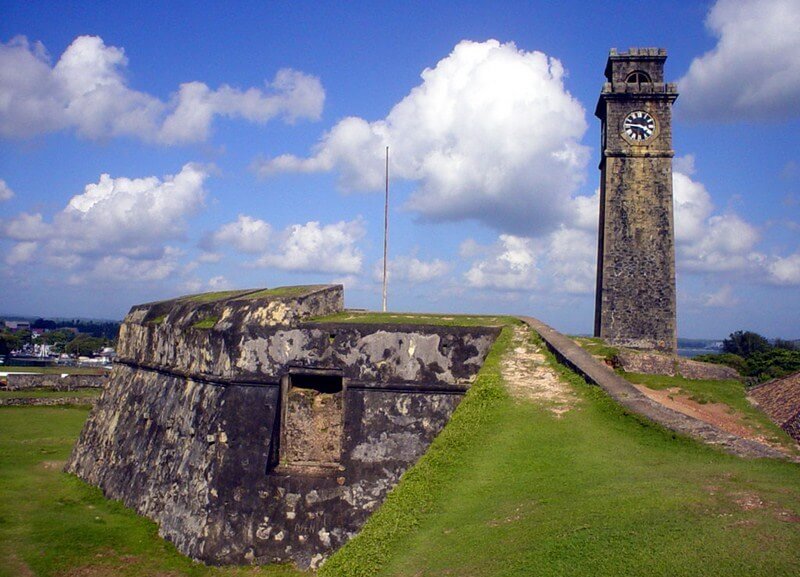
International Cricket Stadium
Once a racecourse for wagering British colonials, Galle's cricket ground was established over 100 years ago. Since 1998 it has been used for international matches; in 2010 it was the site of the legendary last appearance of Sri Lanka's great bowler, Muttiah Muralitharan. There's a great perspective of the ground from the Sun Bastion to the south.
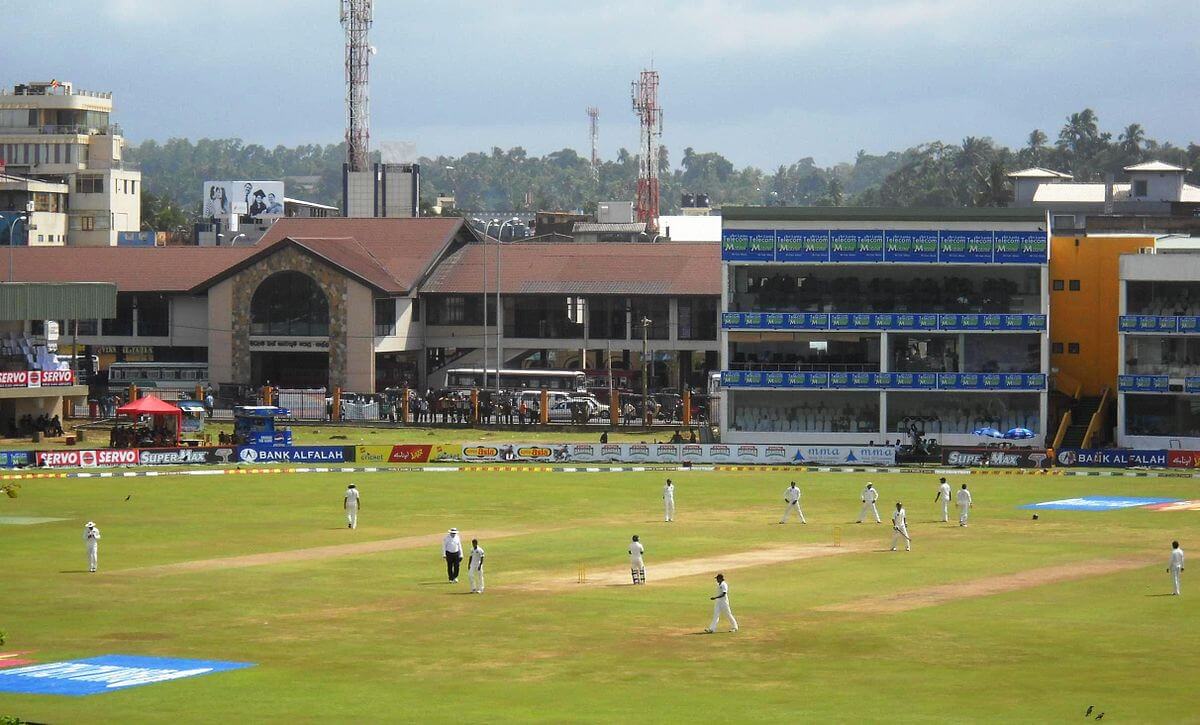
Marine Archeological Museum
This spacious maritime museum occupies a colossal old spice warehouse built by the Dutch and dating back to the late 17th century. The structure was originally part of the main gateway to the Fort and it still forms part of its ramparts. An introductory video presentation sets the scene and there are interactive displays that illuminate the city’s maritime past, including the many shipwrecks in Galle's surrounding waters. It covers two levels that snake through the city walls.
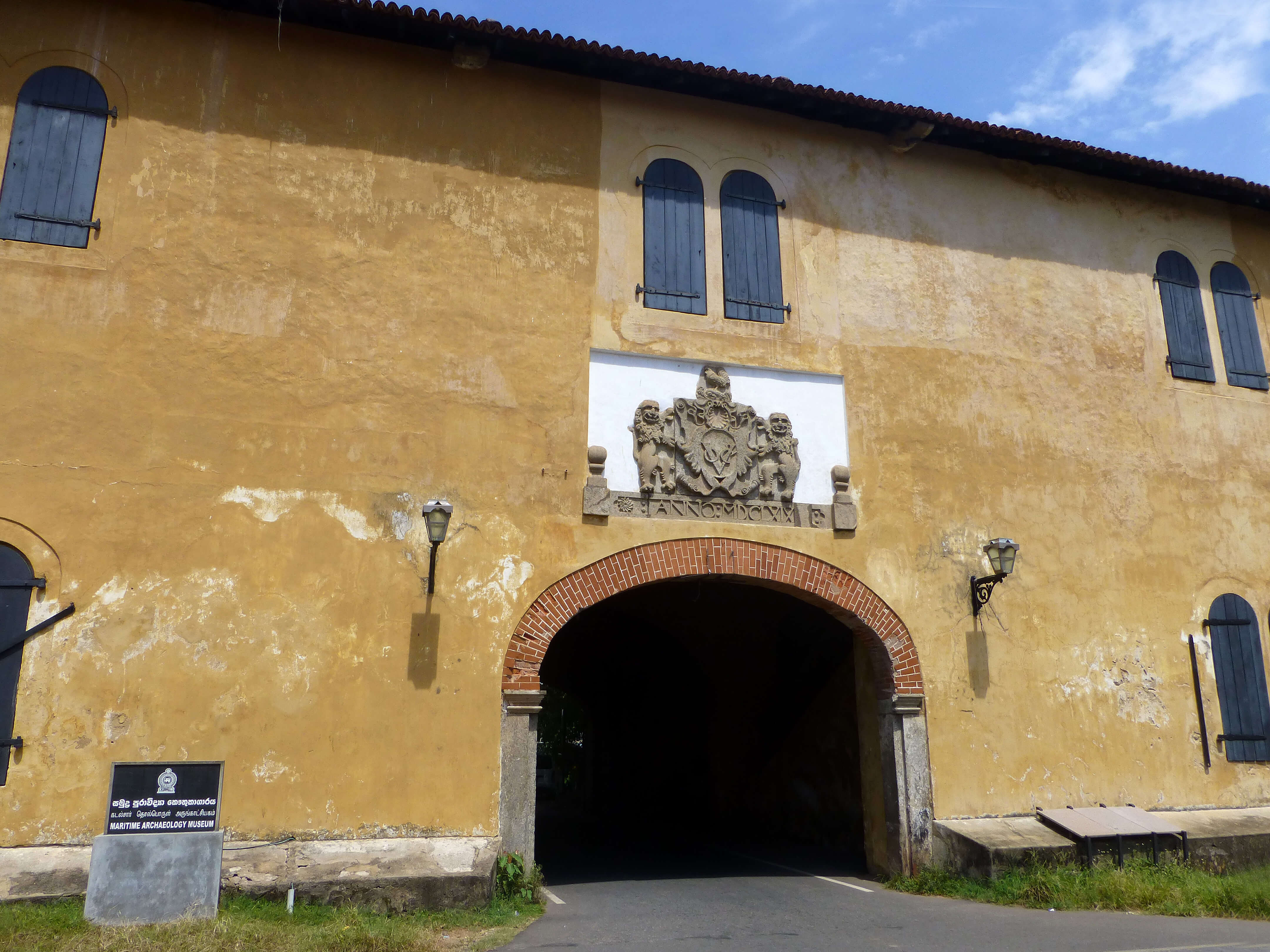
Sudharmalaya Temple
Gazing over the lawns on the western side of Galle, this small whitewashed temple complex includes a prayer hall (the unusual design of which, including a belfry, may indicate a former life as a church) and contains a large reclining Lord Buddha. There's also a mini stupa, also painted blinding white, dating from 1889. Yoga classes are held here.
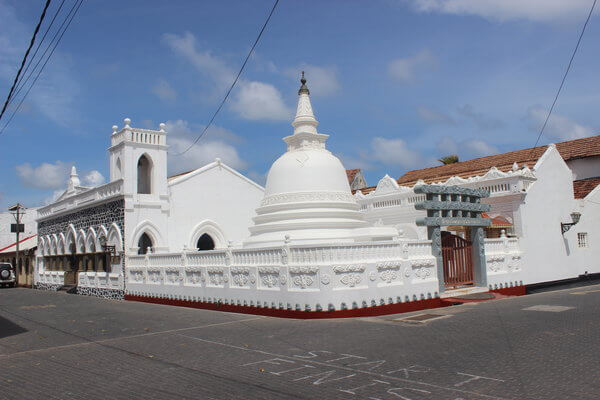
Meeran Mosque
Facing the lighthouse, this beautifully maintained whitewashed building is a highly unusual construction combining eclectic architectural features that include a dash of baroque, British Victorian and Islamic detailing. Its facade is more reminiscent of a Portuguese cathedral than a mosque. There's no general admission, but non-Muslims may be invited to enter if dressed appropriately. Inside there's a wonderful little mihrab, complete with small decorative domes, and some attractive floor tiling.
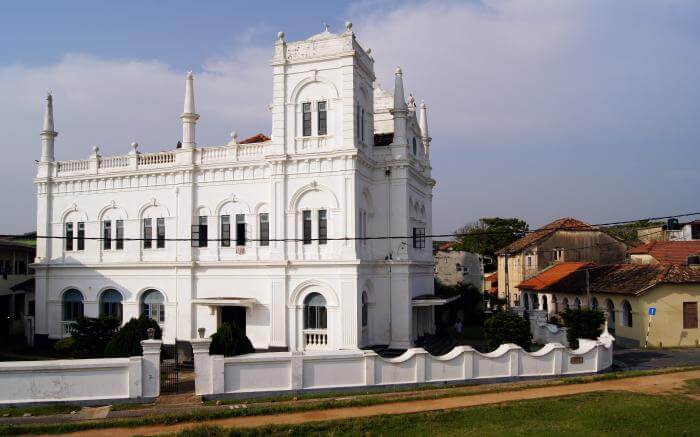
Dutch Reformed Church
Originally built in 1640, the present building dates from 1752. Its floor is paved with gravestones from Dutch cemeteries, while other impressive features include the organ and an imposing pulpit made from calamande.
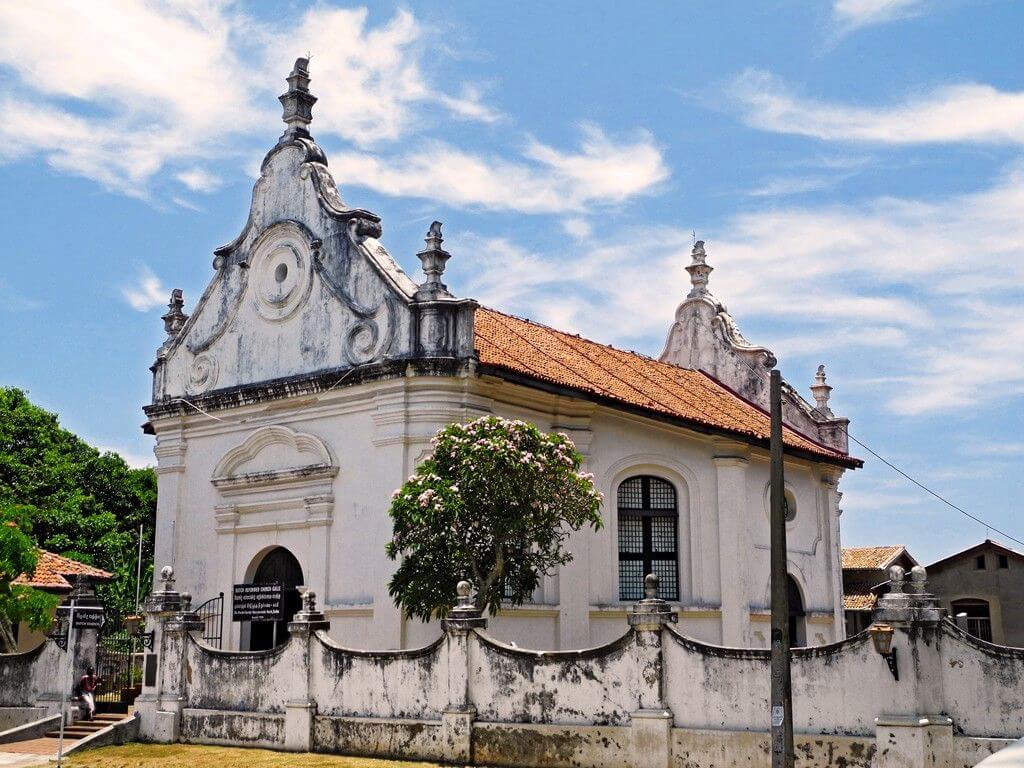
Rumassala - Japanese Peace Pagoda
On the hillside west of Unawatuna, this impressive pagoda was built by Japanese Buddhist monks of the Mahayana sect in 2005, as part of their scheme to build peace temples in conflict zones (the Sri Lankan war was raging at the time). It's a (steep) 20-minute hike from the west end of Unawatuna beach, if travelling by road you have to use a narrow 1.6km access road from the highway. The views of Galle Bay and the ocean are spellbinding at sunset.
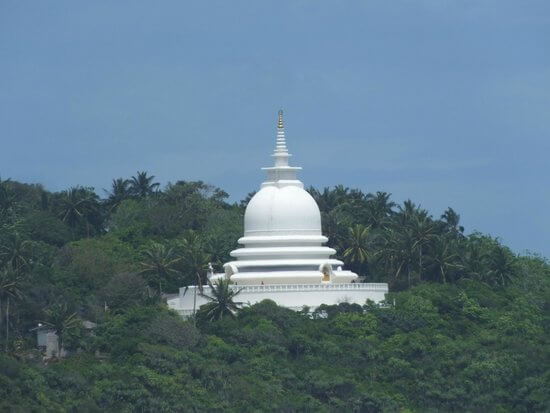
Unawatuna - Jungle Beach
Jungle Beach is a secluded beach in Unawatuna that's growing less secluded all the time. It's still a nice and relatively peaceful Una beach off the main strip.
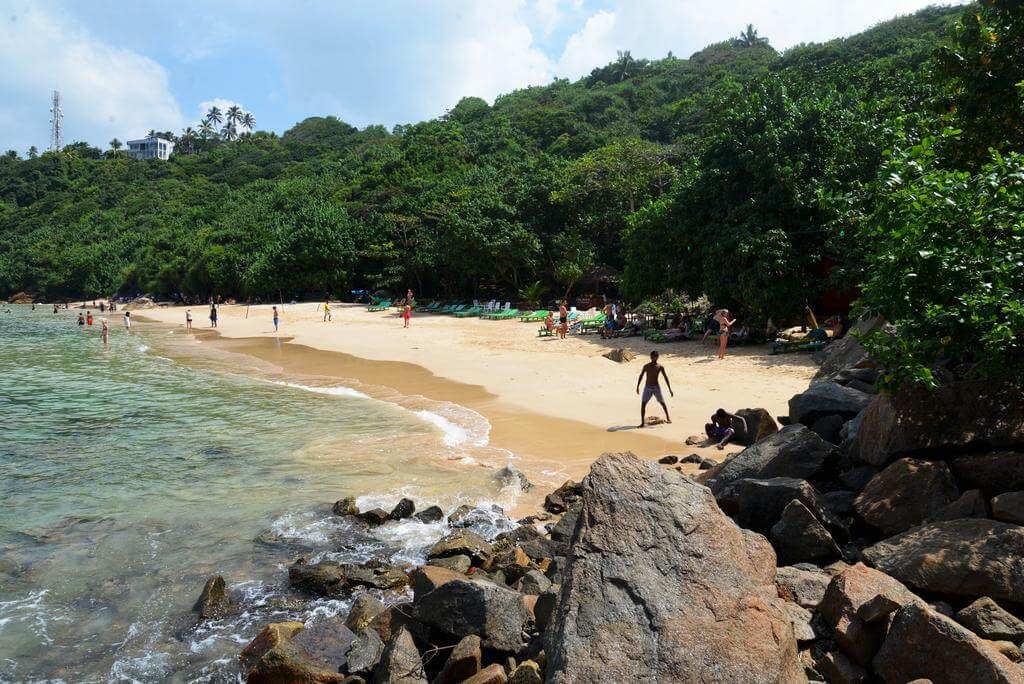
Stilt Fishing
Stilt fishing is an old Sri Lankan way of catching fish. But today it is rather performance for island's visitors than fishing industry.
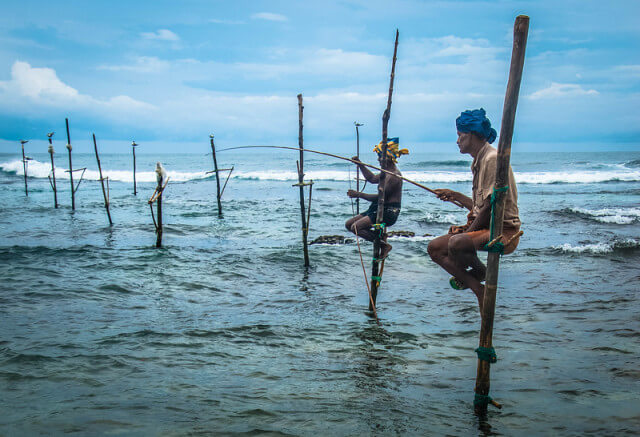
Dutch Hospital
Now fully restored and home to myriad upmarket boutiques and restaurants, this vast, colonnaded colonial landmark dates from the 18th century. Its size was necessary as both the voyage to Ceylon and life in the tropics proved very unhealthy to the Dutch, who died in droves from various diseases and the tropical heat. There are fabulous bay views from its upper balcony.
